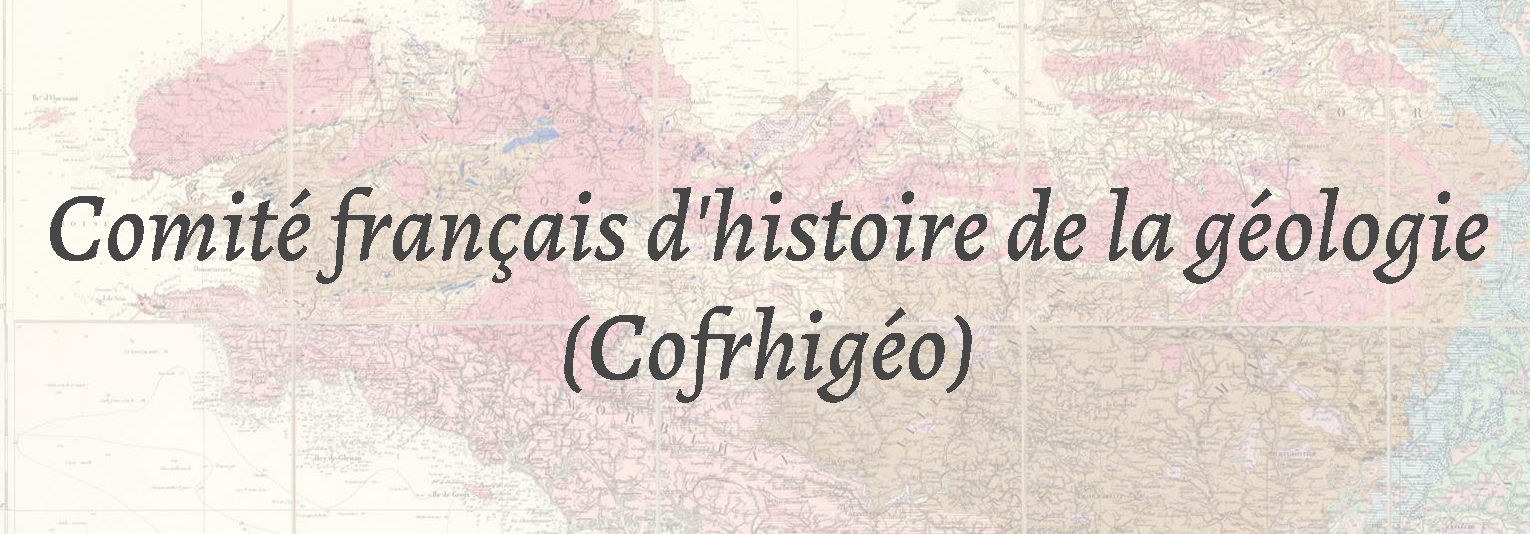The renaissance of minerals, mining and metallurgy in Tuscany: from Biringuccio's Pirotechnia (1540) to Cosimo I de' Medici
Résumé
The 16 th Century Renaissance marks the modern development of mining technology, mineral deposits prospecting and metallurgical practices. New tools and methods were introduced in tunneling and excavations, often paralleled and inspired by the development of siege warfare, as well as in metallurgical methods and ore processing. These are well recognized and documented in German-speaking areas as early as the first half of the 15 th Century. Many practices had to be readapted or reinvented, and new metal smelting and refining processes were introduced, also as a systematization of alchemical practices based on the use of fire. The new metallurgical methods of that period are best described in Vannoccio Biringuccio's Pirotechnia (1540), while Georgius Agricola's De Re Metallica (1556) and De Natura Fossilium (1540) are the milestones of both mining/metallurgical technologies and geological/mineralogical studies, respectively. In Italy, Biringuccio-native of Siena, central Tuscany-proposed a theory of metals formation based on an early concept of "particle structure", an original synthesis between the Aristotelian doctrine of the elements and atomism. But it was with the weapon of experience that he criticized the opinions of philosophers and alchemists, contributing to the development of a scientific method in the field of geosciences. Biringuccio applies an early knowledge of rocks and minerals to practical problems, starting to shape in a modern way the concept of economic underground resources exploitation (the term "geology" was introduced only later, in 1603 by Ulisse Aldrovandi). He travelled extensively in the mining areas and metallurgical workshops of Tuscany, his homeland, but he also visited Carnia, Friuli, Tyrol, and probably he was twice in Germany. The mining activity of Tuscany in the Middle Ages was indeed limited to a few mining sites, although some of them were very important; it is worth mentioning that one of the oldest compilations of medieval laws on mining, that guaranteed the freedom of ore prospecting, was written in Massa Marittima already in the 13 th Century. The present study frames Biringuccio's activity, travels and studies, also in relation to the development of the mineral resources of Tuscany, linking them to the attempts of Cosimo I de' Medici to revive the mining and metallurgical industry of the Grand Duchy of Tuscany a few decades later. In 1542 Cosimo established a monopoly for the production of iron from Elba and in the 1550's called German miners to reactivate the copper/silver/lead mines of Campiglia Marittima, Pietrasanta and Montecatini.
Origine : Fichiers éditeurs autorisés sur une archive ouverte

